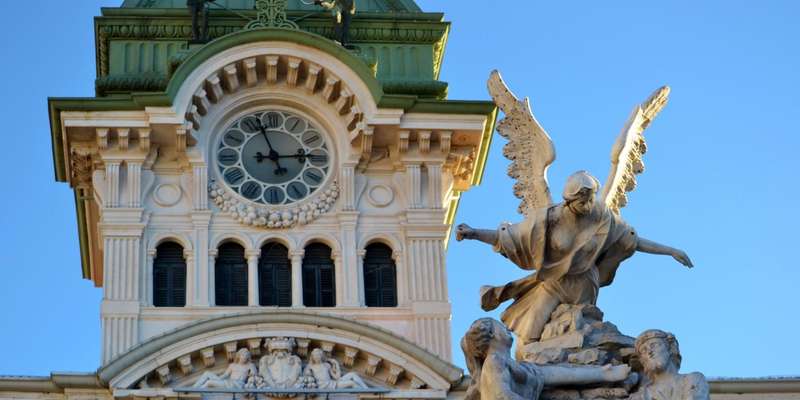- Home
- Useful Tips
- Experiencing Trieste's literary...
Trieste's literary cafés are steeped in history, offering a unique blend of coffee culture and literary heritage. Yet, many visitors miss the authentic experience, settling for tourist spots without discovering the true essence of these iconic venues. With over 70% of travelers expressing frustration over crowded, overpriced cafés (2023 Travel Insights), knowing where to go and when can transform your visit. The challenge lies in navigating the city's café scene to find those cherished spots where James Joyce once wandered and locals still gather. Without insider knowledge, you risk missing the intimate readings, historic interiors, and perfectly brewed coffee that define Trieste's literary soul.


Why Trieste's literary cafés are more than just coffee spots
Trieste's cafés are living museums, where every cup of coffee comes with a side of history. These establishments were once the meeting points for literary giants like James Joyce and Italo Svevo, and their legacy lingers in the air. The problem many face is recognizing the depth of these places beyond their façade. Locals know that Caffè San Marco, for instance, isn’t just about the espresso—it’s about the antique books lining its shelves and the quiet corners perfect for reading. Without this insight, visitors might rush through, missing the chance to soak in the ambiance that inspired some of the 20th century’s greatest works. To truly appreciate these cafés, you need to slow down and observe the details: the vintage posters, the well-worn tables, and the murmured conversations about literature and life.
How to find the authentic literary cafés away from the crowds
The busiest cafés in Trieste aren’t always the most authentic. While Caffè degli Specchi attracts tourists with its prime location, locals often prefer lesser-known spots like Caffè Tommaseo or Antico Caffè Torinese. The key is timing—early mornings or late afternoons on weekdays are ideal for avoiding crowds. Another local secret is to look for cafés that still host literary events or have book exchanges. These spots retain the intellectual vibe that defines Trieste’s café culture. Don’t hesitate to strike up a conversation with the staff or regulars; they might share stories or recommendations you won’t find in guidebooks. Remember, the goal isn’t just to drink coffee but to experience the café as a cultural hub, just as the city’s famous writers once did.
What to order to drink like a true Triestine literary fan
Ordering the right drink can elevate your café experience from mundane to memorable. While espresso is a staple, locals often opt for a 'capo in b'—a tiny espresso with a dash of milk, served in a glass. This Triestine specialty is both practical (it cools the coffee slightly) and nostalgic, a nod to the city’s Austro-Hungarian past. For a sweeter option, try a 'goccia,' a coffee with a dollop of whipped cream. Literary cafés also often serve traditional pastries like presnitz or putizza, perfect for pairing with your drink. Avoid the tourist trap of overpriced 'Joyce-themed' cocktails; instead, ask the barista what the regulars enjoy. Many cafés still use historic recipes or beans from local roasters, ensuring your coffee is as authentic as the surroundings.
Where to stay to be steps away from Trieste's literary heart
Location is everything when exploring Trieste’s literary cafés. Staying in the Borgo Teresiano or Cavana districts puts you within walking distance of the most iconic spots, allowing you to visit multiple times to catch different moods. Historic guesthouses like the Hotel Victoria or smaller B&Bs often have ties to the literary scene, with owners who can share personal recommendations. For budget-conscious travelers, look for accommodations near the University of Trieste—students frequent the same cafés as the literati once did, and the area is lively yet affordable. Wherever you stay, prioritize being central; Trieste’s compact size means you can easily explore on foot, stumbling upon lesser-known cafés and bookshops along the way.



